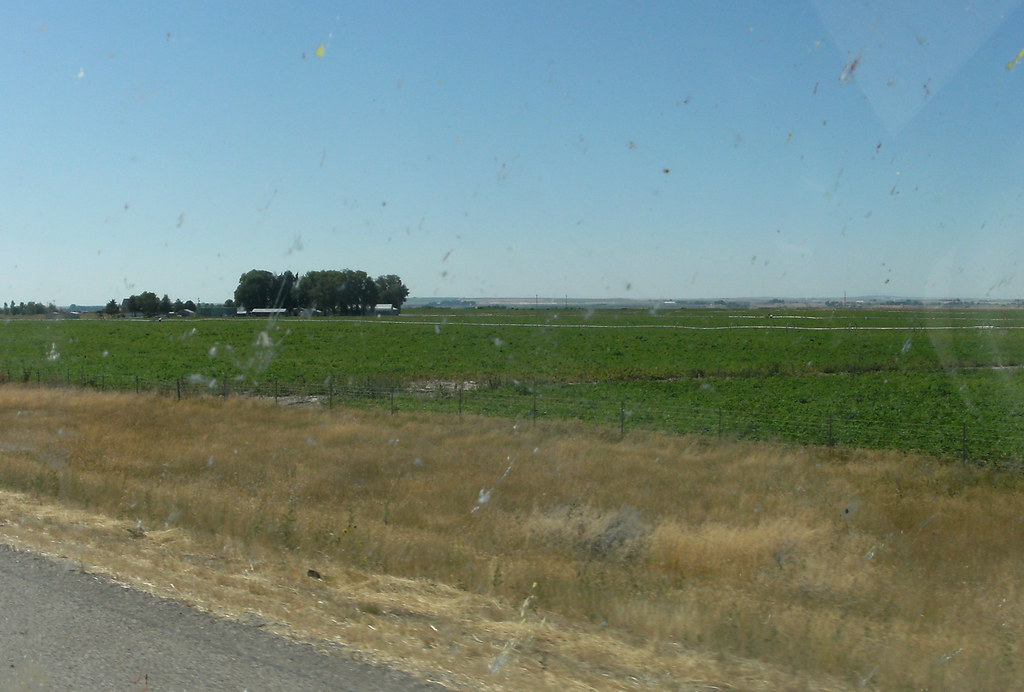Gardening is not only a productive hobby but also a therapeutic and satisfying endeavor. Whether you’re a seasoned gardener or just starting, the right tips can make a significant difference in the success of your garden. In this article, we will explore the best gardening tips to help you cultivate a green thumb and enjoy a flourishing garden.
1. Choose the Right Location
Before you start planting, consider the location of your garden. Most plants require ample sunlight, so select an area with at least 6-8 hours of direct sunlight per day. Make sure the location is easily accessible for regular maintenance.
2. Soil Preparation
Healthy soil is the foundation of a thriving best gardening tips. Test your soil to understand its composition and nutrient levels. Depending on the results, you may need to amend your soil with organic matter like compost or well-rotted manure to improve its fertility.
3. Garden Design
Plan your garden layout to optimize space and aesthetics. Consider the size, shape, and arrangement of your plants. Group plants with similar water and sunlight requirements together to make maintenance more manageable.
4. Right Plant, Right Place
Select plants that are suitable for your climate, soil type, and available sunlight. Native plants often require less maintenance and are more resistant to local pests and diseases.
5. Plant at the Right Time
Timing is crucial when planting. Follow the recommended planting times for your region and plant types. Early spring is suitable for cool-season vegetables, while warm-season plants should go in after the last frost.
6. Proper Plant Spacing
Avoid overcrowding your plants, as this can lead to competition for nutrients, sunlight, and airflow, which can increase the risk of diseases. Follow the recommended spacing guidelines for each type of plant.
7. Consistent Watering
Maintaining a consistent watering schedule is crucial for plant health. Water deeply and less frequently, rather than shallow, frequent watering. This encourages plants to develop deep roots and become more drought-resistant.
8. Water in the Morning
Watering in the morning allows plants to dry off during the day, reducing the risk of fungal diseases. Watering in the evening can leave plants wet overnight, making them susceptible to diseases.
9. Mulch
Mulch helps retain soil moisture, reduces weed growth, and regulates soil temperature. Apply a layer of organic mulch, such as wood chips or straw, around your plants to conserve moisture.
10. Pruning
Regular pruning and deadheading (removing spent flowers) help keep your garden looking neat and encourage more blooms. Prune back overgrown or dead branches to stimulate new growth.
11. Weeding
Weeds compete with your plants for resources, so keep them in check. Regularly remove weeds by hand or use mulch to prevent them from sprouting.
12. Fertilize Mindfully
Avoid over-fertilizing your plants, as this can lead to excessive growth and weaken them. Use slow-release organic fertilizers or compost to provide essential nutrients gradually.
13. Monitor for Pests
Regularly inspect your plants for signs of pests or diseases. Early detection allows you to take action before the problem becomes severe.
14. Natural Predators
Encourage natural predators like ladybugs and lacewings to help control pest populations in your garden. Avoid using broad-spectrum pesticides that harm beneficial insects.
15. Companion Planting
Explore companion planting techniques, where certain plants are grown together to deter pests or improve each other’s growth. For example, marigolds can deter aphids when planted near vegetables.
16. Harvest at the Right Time
Each plant has an ideal harvesting time. Be sure to pick fruits and vegetables when they are ripe, as this is when they are at their peak flavor and nutritional value.
17. Use the Right Tools
Invest in quality gardening tools, such as pruners, shears, and harvesting knives, to ensure a clean and efficient harvest.
18. Maintain Garden Records
Keeping a garden journal is a valuable practice. Record planting dates, varieties, weather conditions, and any issues you encounter. This information will help you make informed decisions and improve your garden in the future.
Conclusion
Gardening can be a rewarding and enjoyable pastime when armed with the right knowledge and techniques. By following these best gardening tips, you can create a thriving garden that not only enhances your outdoor space but also provides you with fresh produce, beautiful flowers, and a sense of accomplishment. Whether you’re a novice or an experienced gardener, these tips will help you cultivate a green thumb and ensure your garden flourishes year after year. So, get your hands in the soil, embrace the joy of gardening, and watch your garden come to life.
